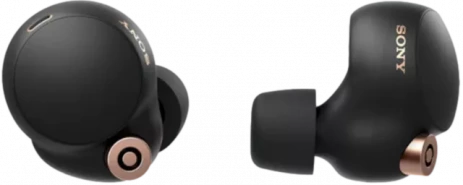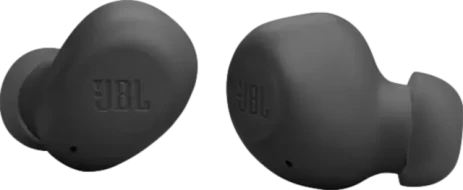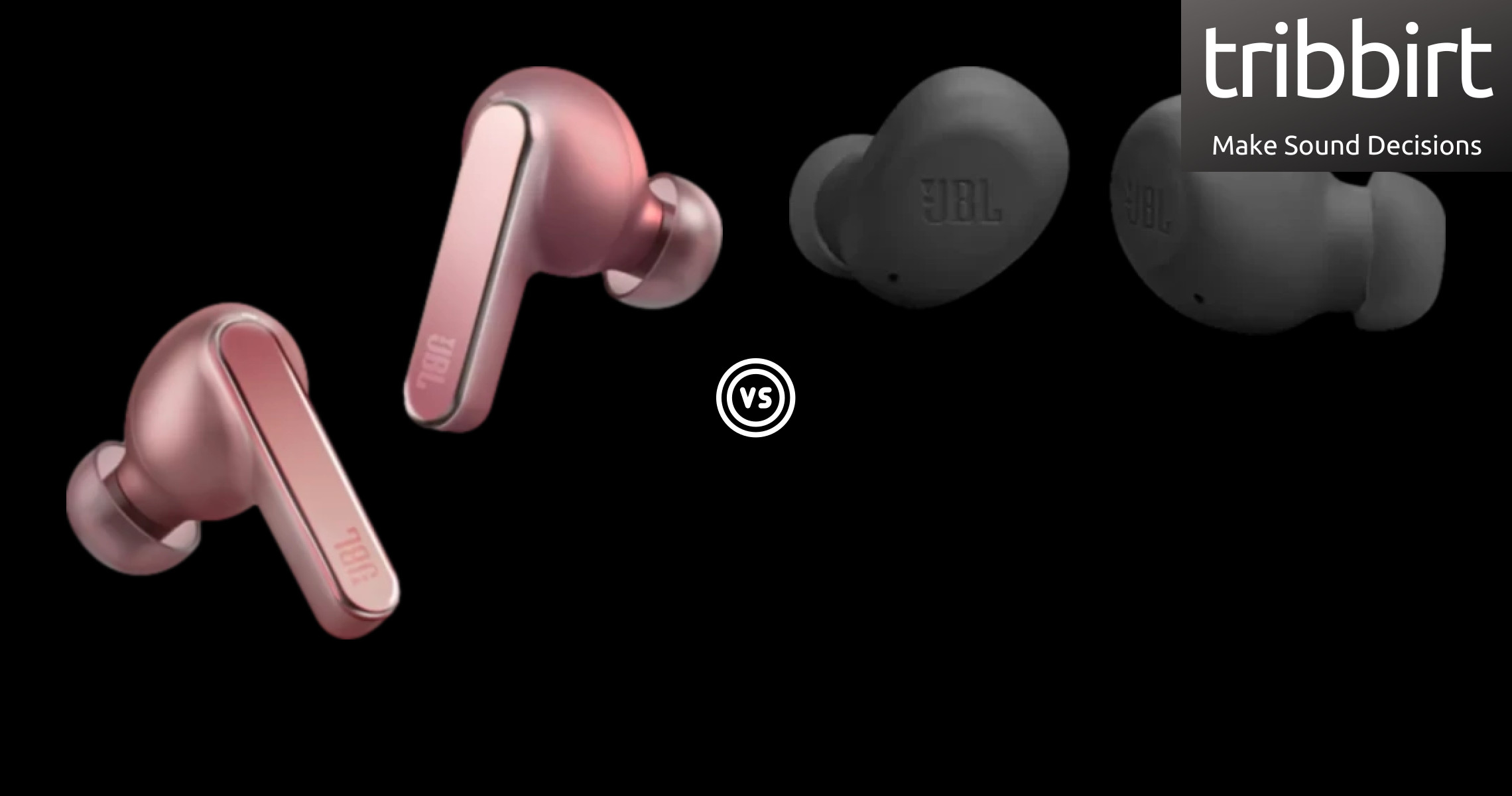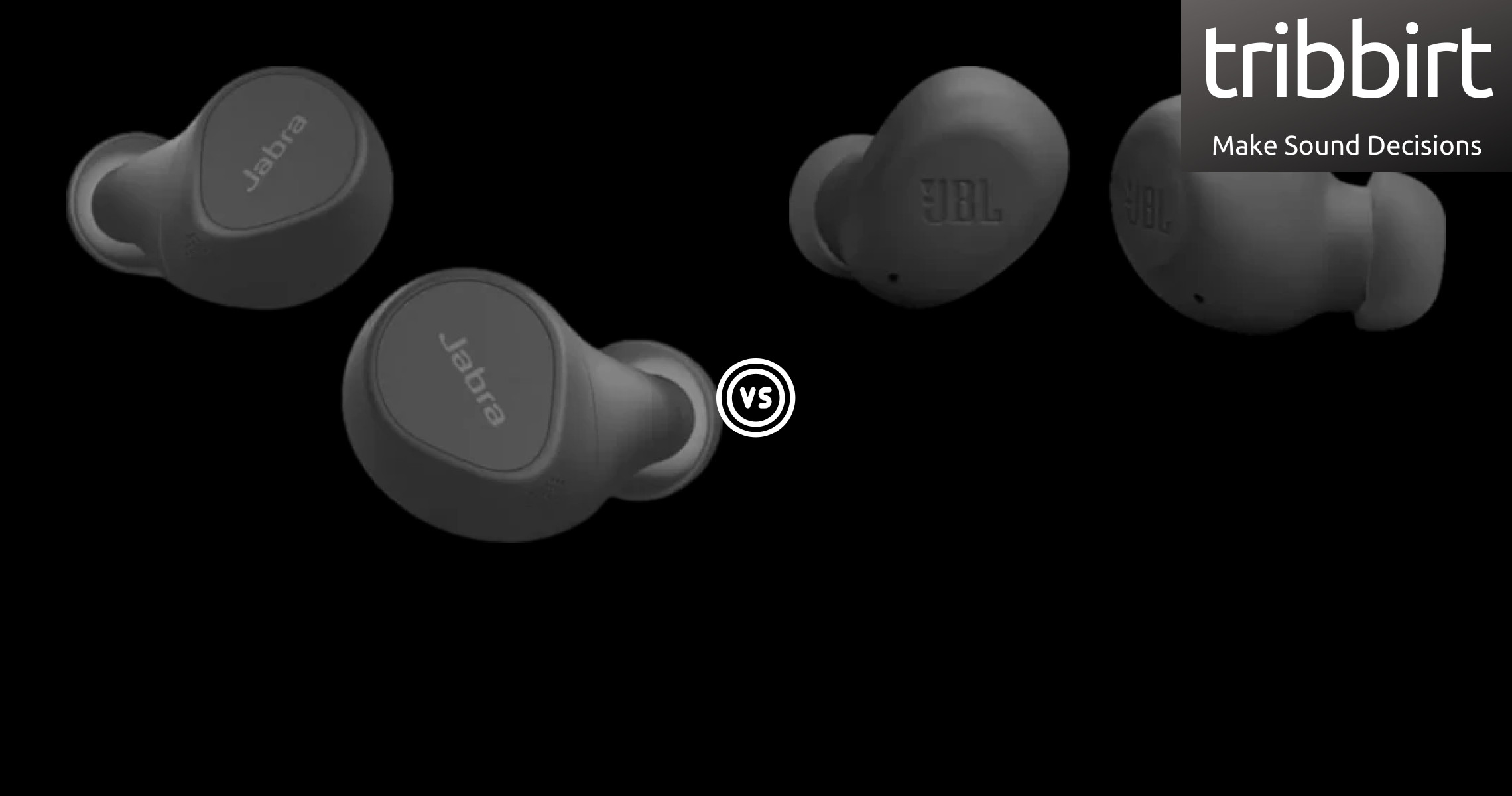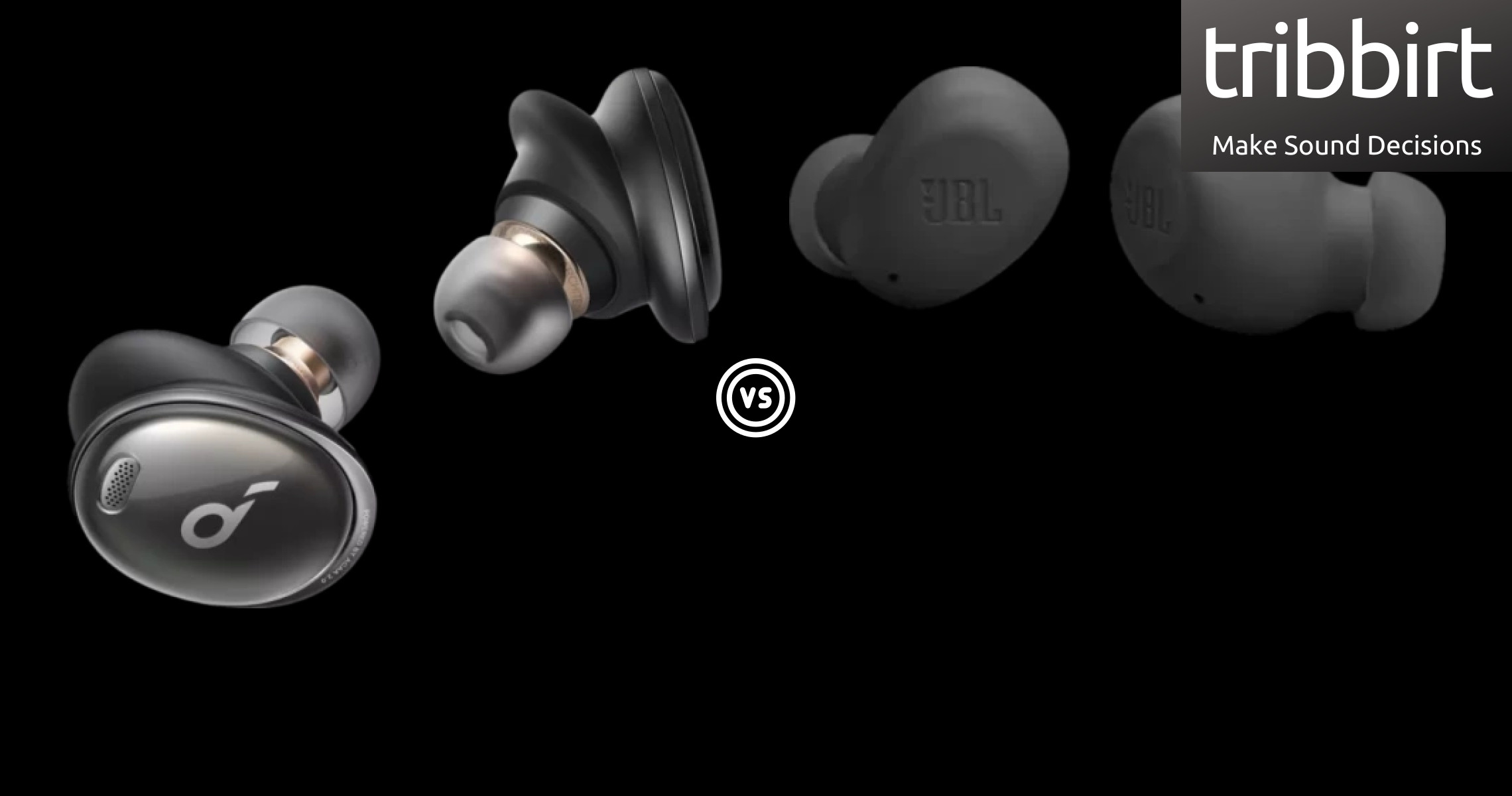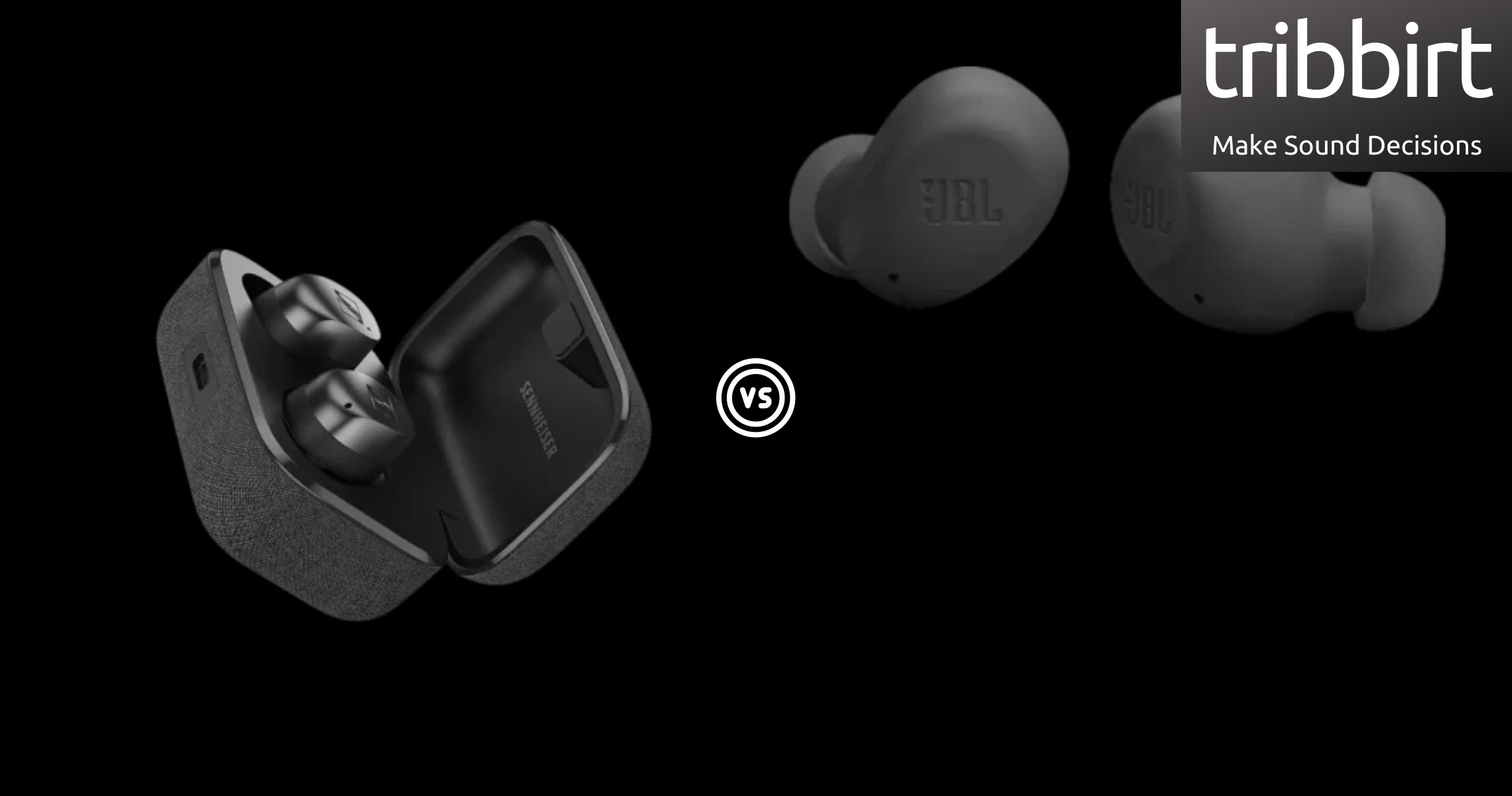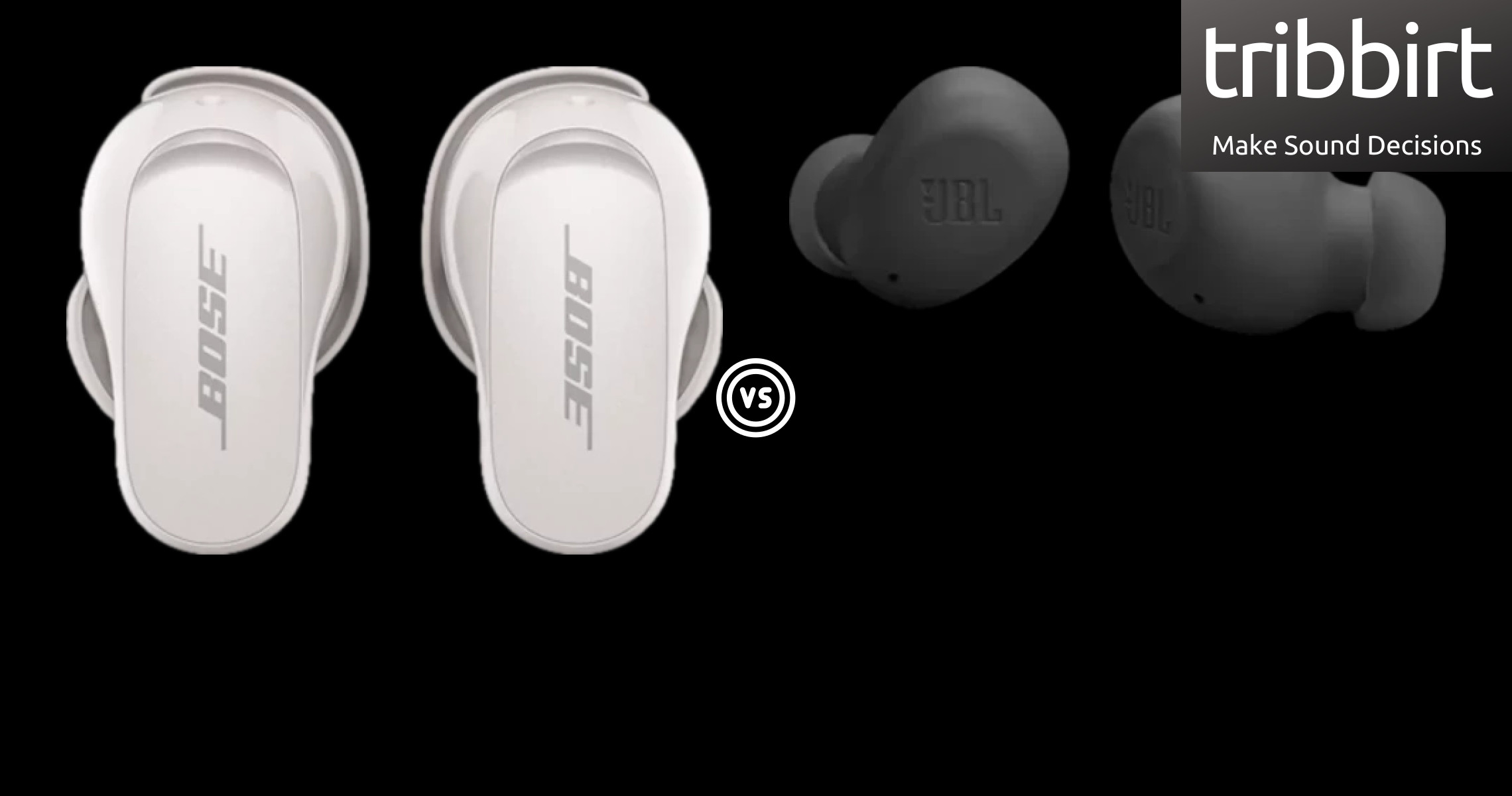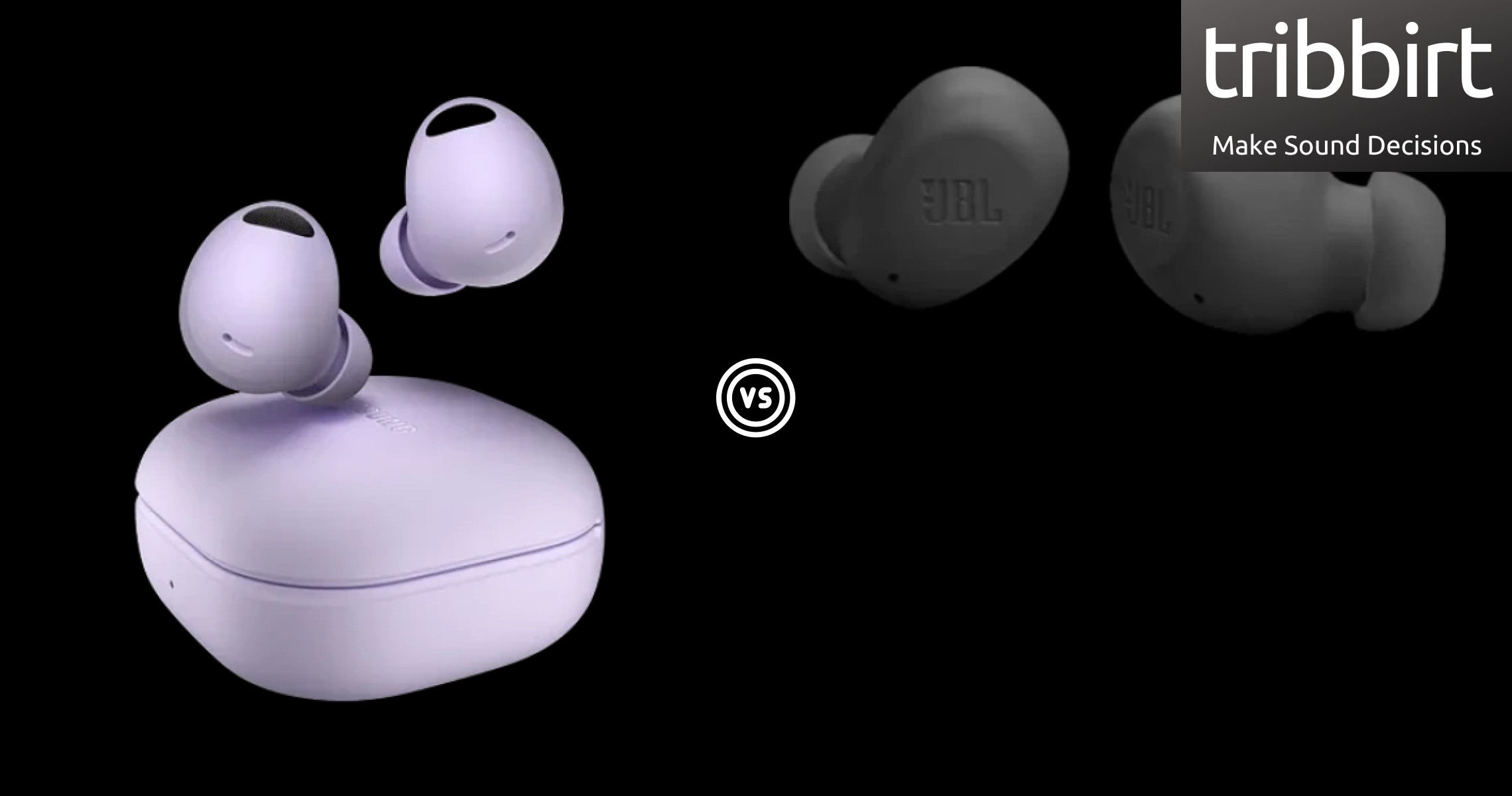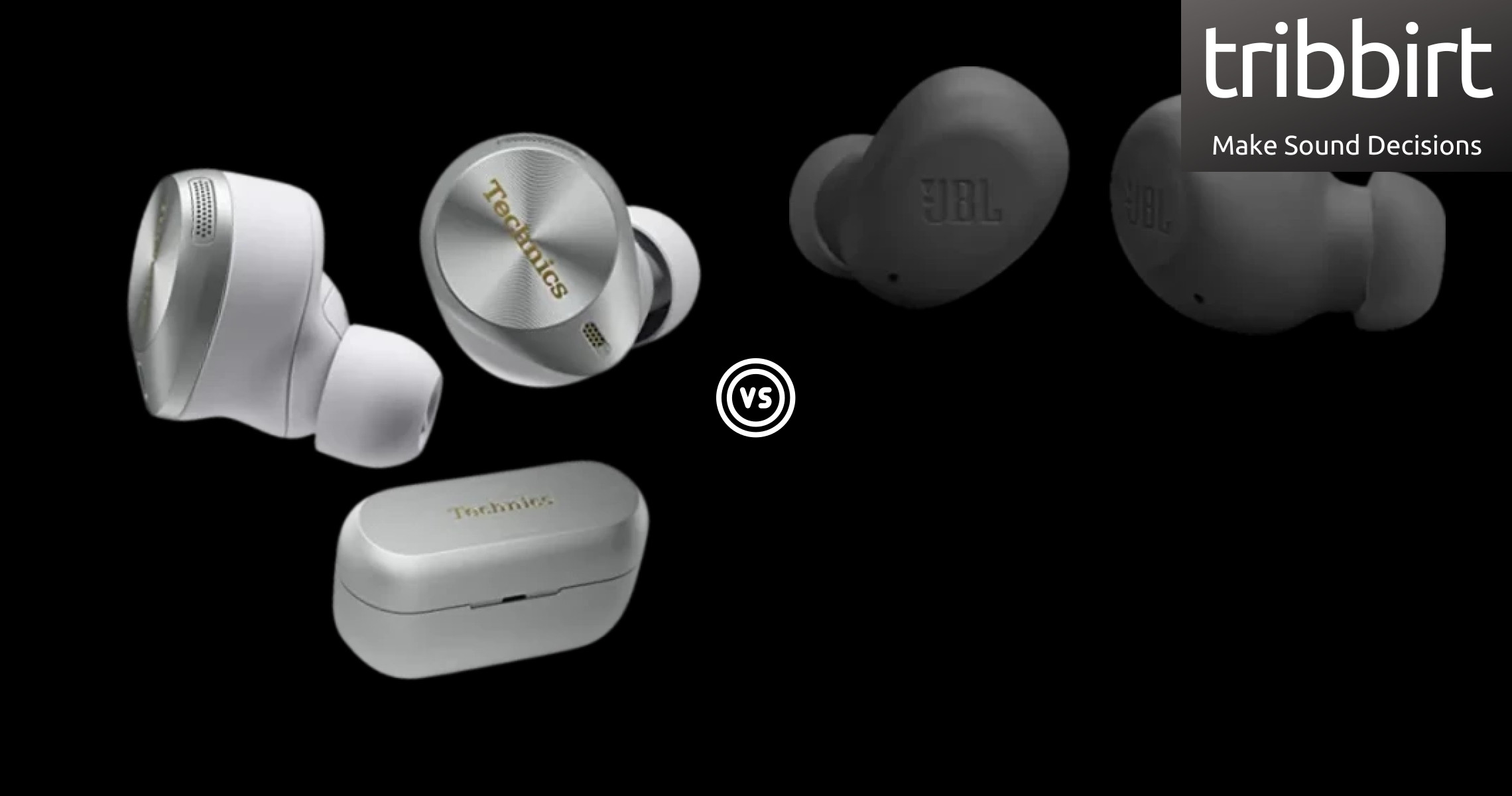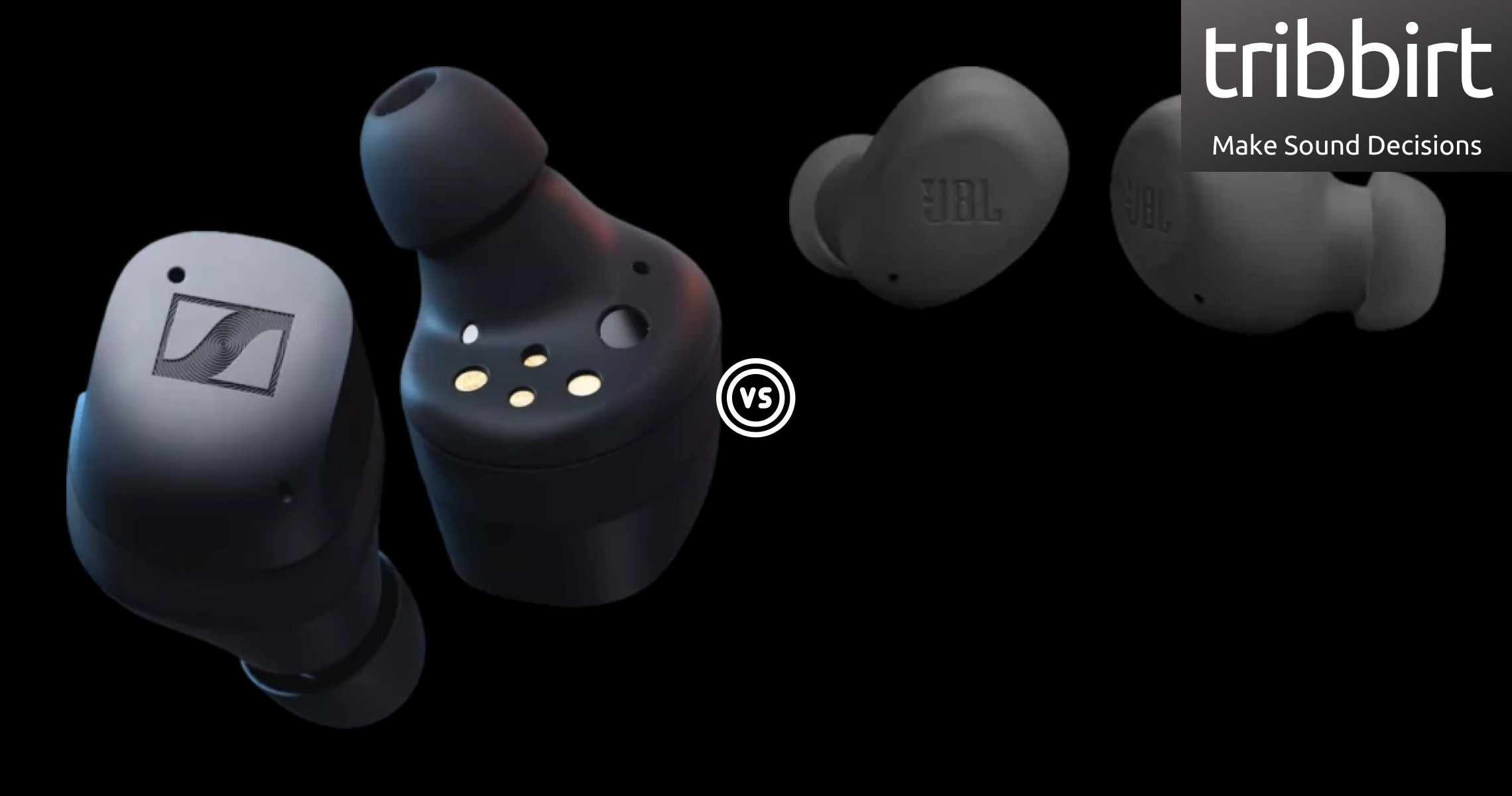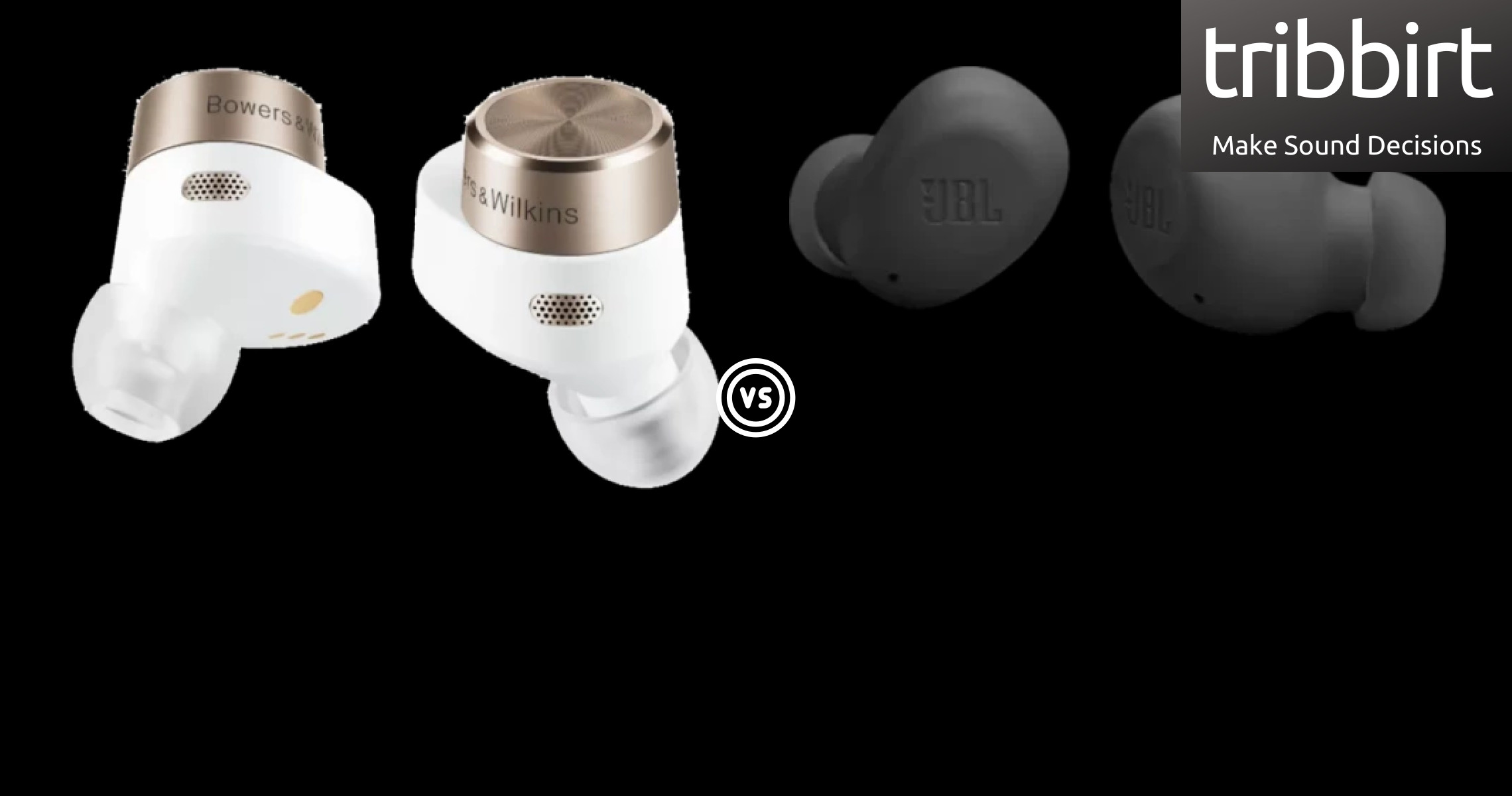IP ratings is the rating of protection given by an enclosure, against dust and water. In the format of IPXX, 'X' represents a number The first value of the IP rating represents protection against solids say dust, while the second refers to resistance against liquids (water).
Scoring IP54, the JBL Wave Buds's rating is read as, the first value of 5 denotes that ingress of dust is not totally prevented but dust does not enter in harmful quantities to interfere with the correct operation or impair safety, and the second number of 4 means that they can withstand low pressure spray similar to that of a shower head when tilted at 180° for 10 minutes. In comparison to the JBL Wave Buds, Sony WF 1000XM4 have a rating of IPX4 meaning that
no data available to specify a protection rating
and that of liquids is that,
they both have the same rating against liquids
JBL Wave Buds have a weight of 9g . We consider a lower weight better for the reason that lighter devices are easier to move with.
The Sony WF 1000XM4, at 7.1g
are lighter than the JBL Wave Buds by -1.9g
True wireless devices have no wires connecting any part of the device together, JBL Wave Buds are true wireless for this case since they don't have wires. This is a major distinction since wireless earbuds have cables linking the pair of earbuds .
Sony WF 1000XM4 also is true wireless because it doesn't have wires connecting the pair of earbuds .
JBL Wave Buds are resistant to sweat
Sony WF 1000XM4's resistance to sweat makes both devices good for use during long-distance running, marathons, cardio sweat workouts , etc
JBL Wave Buds have stereo speakers, devices with stereo speakers deliver sound from independent channels on both left and right sides, this creates a richer sound and a better listening experience. The Sony WF 1000XM4 also have stereo speakers
ANC utilises advanced kind of tech to reduce unwanted ambient sounds.
How it works, it listens to the sound pattern of incoming noise and then generates a mirror signal to counter it. Simply put, it's like taking +1 (sound from your surrounding) then producing -1 (counter sound by the device) giving 0 hence "diluting" the noise.
The JBL Wave Buds have ANC enabling you to listen at lower levels of volume, good for your ears since you don't need to crank up the device volume to overcome background noise.
The Sony WF 1000XM4 too have Active Noise Cancellation which makes either of the devices ideal for flights and rush hour travels. The JBL Wave Buds and Sony WF 1000XM4 work with different noise cancellation settings, pick the noise cancellation type that suits your commute or that suites your chill time. The JBL Wave Buds stay tightly in place, creating a sound covering that tones down background noise and also prevents the earbuds sound from leaking out at the same.
Both of these devices have passive noise reduction which means that both reduce ambient noise without using technology to cancel it out. JBL Wave Buds driver unit is 8mm in diameter, bigger drivers are more powerful, and can produce better bass. The driver unit is the component that produces sound in the earbuds, its size corellates with the sound produced by the earbuds.
Sony WF 1000XM4 driver unit is 6mm in diameter,
which implies that they have a smaller driver unit than that of JBL Wave Buds by 2mm
, a common assumption that driver units of a bigger size automatically produce better sound quality.
However, large drivers usually have difficulty producing high frequencies so yes, larger drivers are capable of generating louder sound, but this does not mean that they produce better quality sound. JBL Wave Buds's lowest frequency is at 20Hz, low-frequency response inidcates how well a particular audio device produces low frequencies that can be heard, and if it alters the signal while at it.
Sony WF 1000XM4's lowest frequency is at 20Hz, this means that
both devices can produce equal bass
The JBL Wave Buds's highest frequency is at 20,000Hz, high-frequency response measures if and how well an audio component generates high audible frequencies and if it changes to the signal on its way through. Sony WF 1000XM4's highest frequency is at 40,000Hz, this means that
Sony WF 1000XM4 generate a clearer and crispier treble than the JBL Wave Buds
SPL, is the pressure level of sound, in decibels, dB, JBL Wave Buds's measurement is 100dB/mW. Devices with a higher sound pressure level are generally louder when supplied with any given audio source.
Sony WF 1000XM4's sound pressure level measurement is 105dB/mW. The sound pressure level, a device is can be perceived differently by different people, so we need to have a way of getting an objective measurement of sound level expressed in numerical terms. The JBL Wave Buds's battery life is 8 hours, these last longer than 5 hours of listening which is considered average for a single charge.
A device's battery life is given by the manufacturer, and with longer battery life, you get to use it for longer and requires fewer chargings. Sony WF 1000XM4's battery life is
equal to that of the JBL Wave Buds
. Every time you recharge your earbuds, they get a little less listening time. The effect is not noticeable at first, but over time, your wireless earbuds will have shorter listening time.
The battery life of the charging case is given by the vendor, and the JBL Wave Buds's case has a full charge of 24 hours. A charging case with more battery hours allows you to recharge your earbuds on the go several times before recharging the case itself. Sony WF 1000XM4's charging case has a battery life of 16 hours,
less than that of JBL Wave Buds by 8 hours
It takes 2 hours to fully charge the JBL Wave Buds's battery.
It is highly adivsable to charge fully the battery before using the earbuds when they have been in storage for long periods. Sony WF 1000XM4 takes 1.5 hours to fully charge the battery,
less than that of JBL Wave Buds by 0.5 hours
JBL Wave Buds have a battery level indicator, an indicator shows you when the device has a low battery. Its lights show the charging state of your earbuds and case.
Sony WF 1000XM4 too have a battery level indicator, these enable you determine the charging state of your earbuds, whether fully charged, or the battery is running low. The JBL Wave Buds have USB TYPE-C, a standard connector for transmitting both data and power in a single cable. Sony WF 1000XM4 too use USB TYPE-C.
This USB-C plug is part and parcel of most current laptops, phones, and tablets. JBL Wave Buds have Bluetooth version of 5.2, Bluetooth is a wireless technology standard that enables data movement between devices placed in range, using short-wavelength, ultra-high frequency radio waves. Sony WF 1000XM4 has a Bluetooth version of 5.2,
equal to that of the JBL Wave Buds
. Newer versions provide faster data transfers.
The JBL Wave Buds have a 10meters distance to connect via Bluetooth. Sony WF 1000XM4 have a maximum range of 10meters,
equal to that of the JBL Wave Buds
JBL Wave Buds support AAC, a codec used for Bluetooth audio. It supports 24-bit audio at 250kbps.
Because it uses psychoacoustic modeling, it provides better results than other codecs at a similar bit rate.
Since its the highest quality codec that any Bluetooth-supporting Apple product supports, the JBL Wave Buds will work well with your iPhone. If you are planning on using these with Android , ensure that they also support aptX HD, LDAC, or LHDC as well.
The Sony WF 1000XM4 support AAC as well. Designed to be the successor of the MP3 format, AAC generally achieves higher sound quality than MP3 encoders at the same bit rate. The JBL Wave Buds support APTX Adaptive, an audio codec for Bluetooth devices that are developed by Qualcomm.
It has a variable bit rate (between 279kbps and 420kbps).
The JBL Wave Buds have 2 microphones. Sony WF 1000XM4 microphones are 4,
more than that of JBL Wave Buds by 2
. More microphones result in better sound quality and help the device to filter out background sounds. The JBL Wave Buds use a noise-canceling type of microphone, these microphones are made to filter out background sounds from the desired sound.
The Sony WF 1000XM4 too use a noise-canceling type of microphone. Especially useful in noisy areas. JBL Wave Buds microphone sensitivity is measured at -38dBV/Pa.
The size of the analog or digital output signal from the microphone with its input stimulus is a calculation of its sensitivity. It's the 'loudness' of the voice that the microphone can recognize. JBL Wave Buds support ambient sound mode, which uses microphones to channel ambient sound so that they can still be heard even when wearing the earbuds
The Sony WF 1000XM4 support ambient sound mode as well, it’s useful when you want to listen to music while being aware of your surrounding, for example when you’re having a run but still want to hear traffic.
JBL Wave Buds support in/on-ear detection, the sensors in the device can detect when removed from your ears so that the music is paused. Sony WF 1000XM4 support in/on-ear detection, automatically pauses your music, or audiobook when you remove earbuds from your ears improving your listening experience. When misplaced in a room, or can't be found in your bag, the JBL Wave Buds support the find earbuds feature.
Sony WF 1000XM4 also have the find earbuds feature. Use the earbuds app on your phone to play an alarm from your device to help you locate them. JBL Wave Buds support fast charging.
Most often, technologies like Qualcomm’s Quick Charge, are used to lower the amount of time it takes to charge the earbuds. Also the Sony WF 1000XM4 too support fast charging. It's very similar to regular charging, only that the battery fills up much faster.
For example, with Quick Charge 3.0, the battery is charged to 50% in 30 minutes. The JBL Wave Buds have a multipoint of 2 connections, this feature allows you connect to more than one Bluetooth device and switch between them. Say, you can easily switch calls from one device to another without manually disconnect and reconnect.
The Sony WF 1000XM4 support multipoint count of 2,
equal to that of the JBL Wave Buds
. Bluetooth multipoint comes in handy when you can be on one call without missing notifications coming from another device. JBL Wave Buds have a mute function, they support the feature to mute/unmute a conversation directly from the device. The Sony WF 1000XM4 too support the mute function.
It means that you can turn off the earbuds' microphone, but you can still hear the other party's voice. With the JBL Wave Buds, so you can access the volume control, pause, play, mute, etc whichever functions are supported on the earbuds. Sony WF 1000XM4 also have a control panel on them.
The JBL Wave Buds have voice prompts. Automatically receive information through audio messages, like if there is a problem with the connection. Sony WF 1000XM4 also have voice prompts .i.e the earbuds notifies you if the battery is running low, and you need to recharge them.
JBL Wave Buds come with their own special case. Carrying earphones without a case, or placing them in your pockets without a cover may easily damage them. Sony WF 1000XM4 too have a case included, which is useful for safe transportation.
